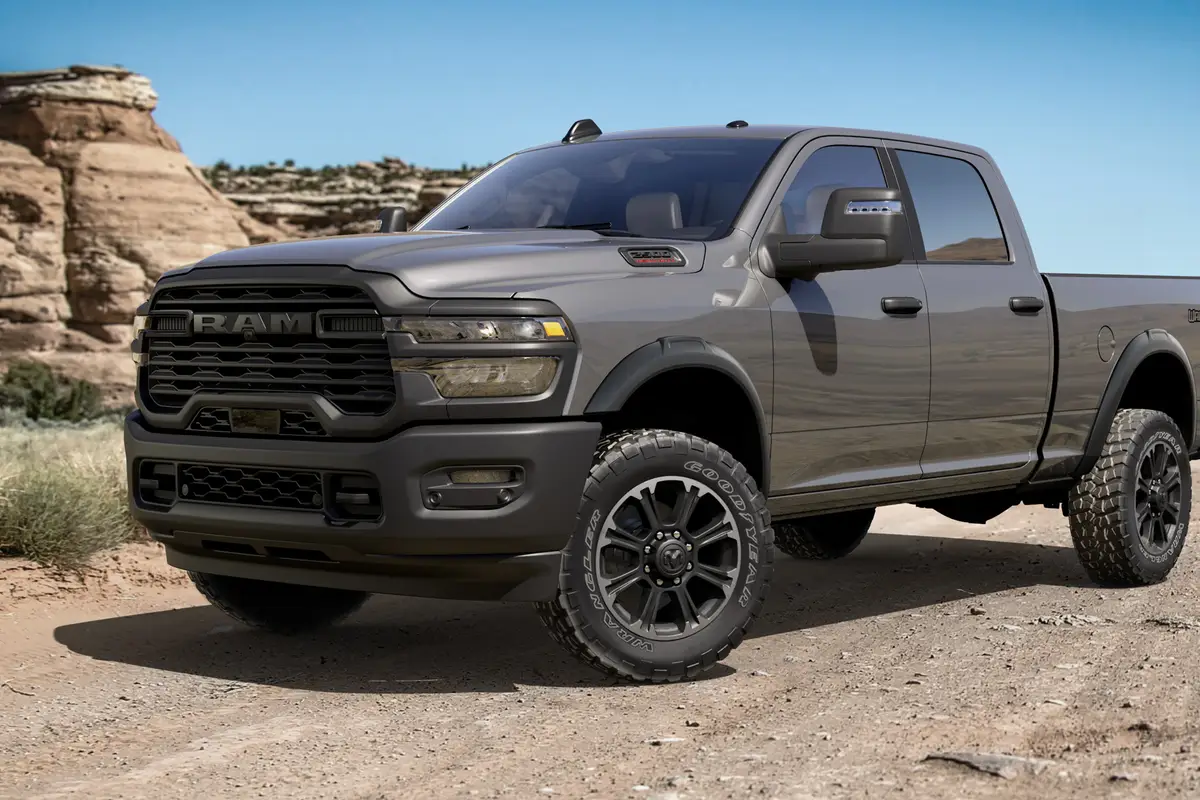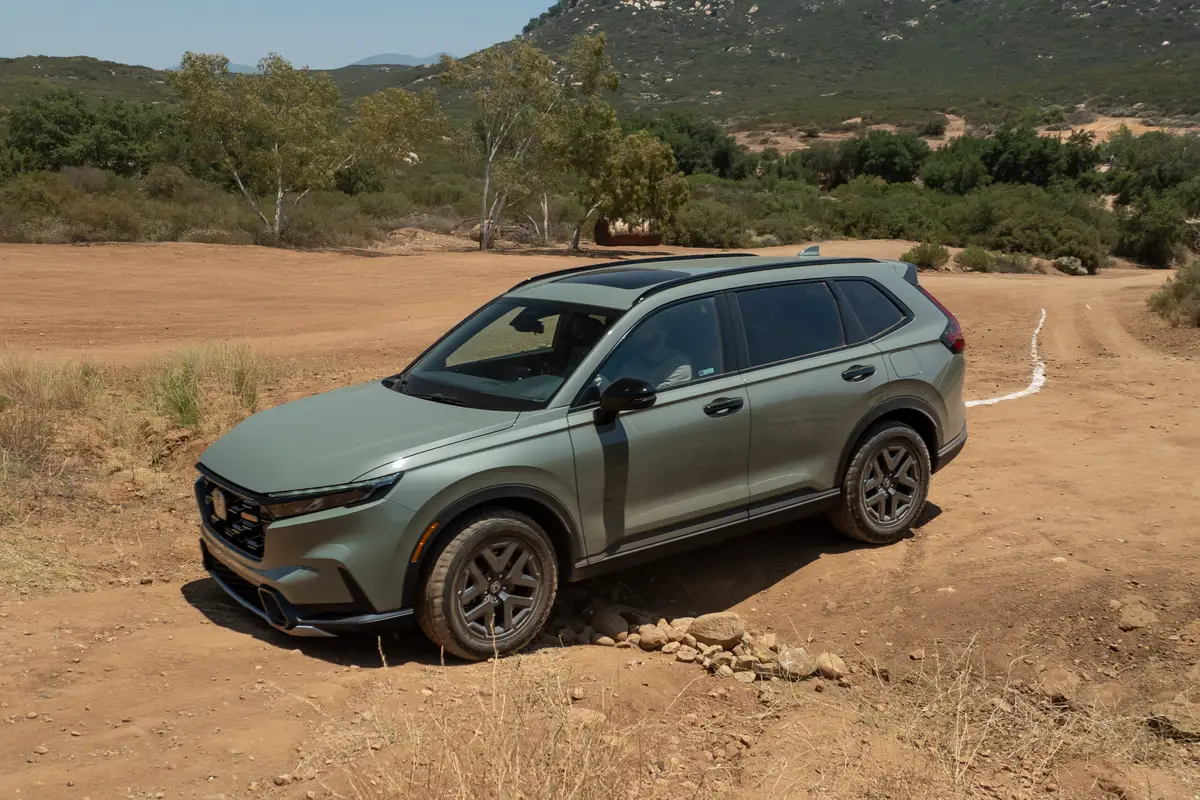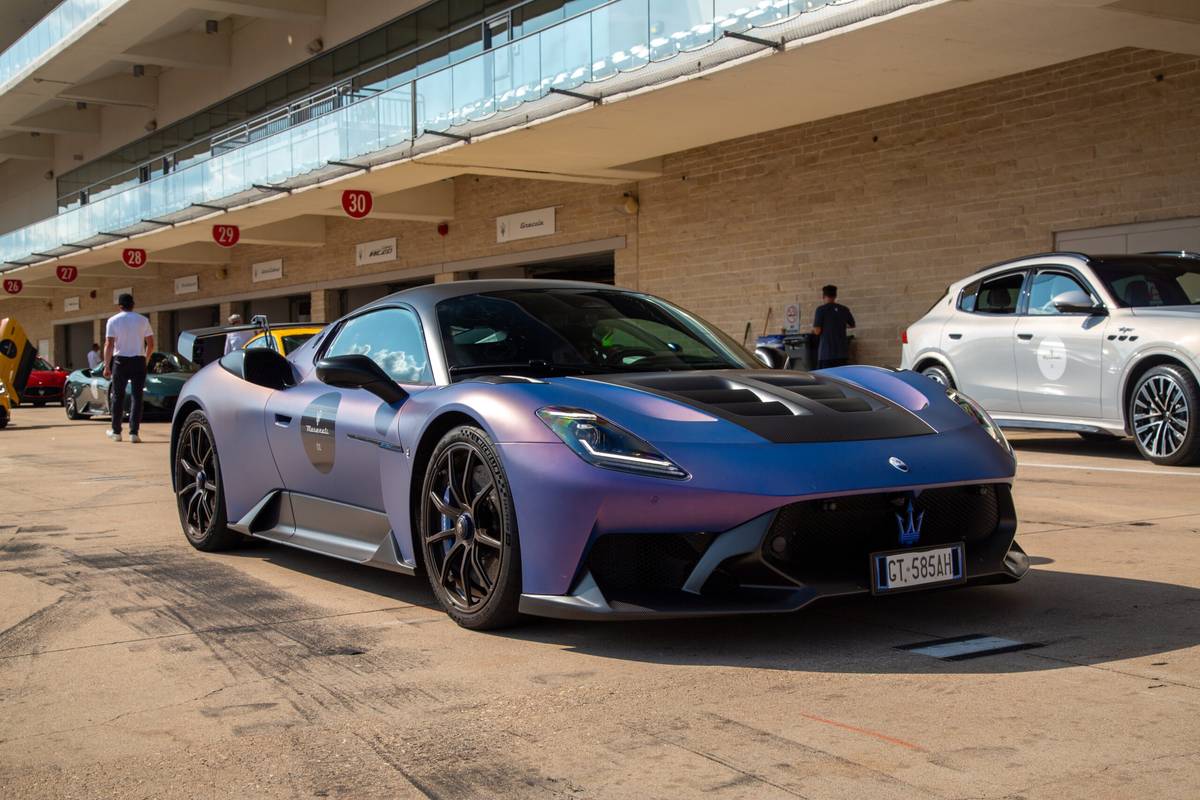IndyStar.com's view
The adage “If it ain’t broke, don’t fix it” has fallen on hard times at the Ford Motor Co. for 1992.
Ford has “fixed” its 1992 Ford Taurus and Mercury Sable cars with a major redesign. For both models, the change is the greatest since they were introduced in December 1985.
The cars have been among Ford Motor’s best-selling passenger automobiles, a factor that would make most manufacturers reluctant to tinker. But the company spared virtually nothing in the body and interior of these vehicles in bringing them to market for ’92.
“It (the Sable) was out best seller until we got the new (Mercury) Grand Marquis,” said Tom Roush, head of Tom Roush Lincoln-Mercury- Mazda. “But I think the new styling is going to help it. I’d say the Sable will regain that top spot again.”
“The (Ford) Escort was our best seller, probably due to price,” said Jim Callahan, vice president of Chuck Callahan Ford. “But the Taurus is one of our best, and this new one should do even better.”
The original Taurus and Sable models were ones that had Ford executives holding their breaths to see if the consumer was going to accept the company’s headlong dive into advanced aerodynamics. Their design began a trend in automotive styling.
The styling concept was accepted wholeheartedly, so for the ’92 series everyone is breathing easier. The overall profile has been retained, but considerably refined. The automobiles now have a more individualistic appearance.
They are a little bigger than their predecessors. The Sable is 2.2 inches longer than the 190-inch Taurus.
“There’s a lot more interior room,” Callahan said. “It’s not just an increase in size. There’s more headroom and legroom.”
With the increase in interior passenger room, there is an increase in trunk space.
Both cars have 106-inch wheelbases, but they deviate fractionally in overall height. Nevertheless, it is obvious that in taking advantage of the economies of scale they share the same body.
The communal manufacturing concept, however, has not resulted carbon copies.
The automobiles have been given distinctive styling touches to establish their own identity, a necessary ingredient if dealers are to find individual product niches.
On the Sable, every exterior panel is new except the roof. For the Taurus, every exterior panel is new except the doors.
The Sable exterior features a sleeker front end with more streamlined headlamps and bumper. But the Mercury’s distinctive light bar that extends across the front end has been retained with an updated styling theme.
On the Taurus, the corners have been softened and the horizontal lines have been emphasized by reducing the cross section of the body-side molding.
Like the exterior, the interior of both models has been redesigned to improve both safety and ergonomics. The instrument panels have somewhat of a common trait, designs that have the doors and instrument panel forming a continuous, flowing line.
“The radio controls are up high at eye level n ow,” Roush said. “You don’t have to look down at the dash. And the (instrument) panel is sort of a wrap-around that goes down into the doors.
“I guess you might say it’s very soft, or low key. It isn’t flossied up with a lot of dials. It’s easily read.”
The cars have individual trim touches and appointments that distinguish the models from each other.
Mechanically, they share 3.0-liter V-6 engines, except the Taurus SHO model retains its exclusive 3.0-liter, 24-valve V-6 that is rated at 220 horsepower.
Both the Taurus and the Sable have an optional 3.8- liter V-6, although the 3.8 offers more in the way of torque than a gain in horsepower.
The 3.0-liter is rated at 135 horsepower vs. 140 horses for the 3.8 V-6. In torque, however, there is a major jump. The rating for the 3.0-liter engine is 160 foot-pounds. For the 3.8, it’s 215 foot-pounds.
When the original Taurus and Sable models were conceived, Donald Petersen, then head of Ford Motor Co., asked his de sign people wha t kind of a car they thought they should build.
Their departure from Ford’s traditional angular styling theme was dramatic. But it resulted in a readily saleable product, and that same sort of success is expected to carry over to the 1992 cars.
Latest news



